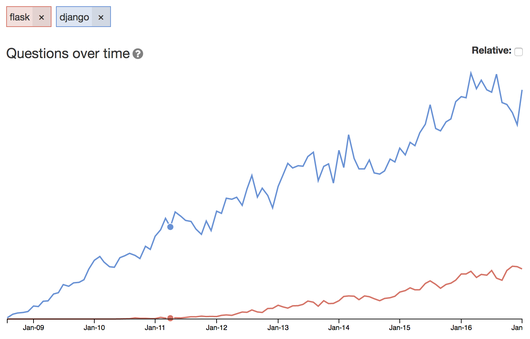For svn branching strategy, we used the feature
branch
approach. This mean we keep trunk stable at all time and for any new
features to work on, we start a new branch. While working on the branch,
we'll keep it in sync with trunk by merging any latest changes happened
on the trunk. Once the feature is ready, we merge that branch back into
trunk. Subversion > 1.5 --reintegrate option really helpfull here.
There's a case however we end up with multiple branches active at a time. Supposed there are 3 new features that need to be implemented. Logically I would start 3 separate branches to work on each features since all of it are not related to each other. Let assume I start 3 branches named as branch-A, branch-B and branch-C. I keep working on these 3 branches over the time. As the time passed by, branch-A is finished and ready to get into trunk. As usual after making sure branch-A has all the latest changes in trunk, I merged it back into trunk:-
$ cd branches/branch-A
$ svn merge ../../trunk
$ svn ci -m 'merge latest changes from trunk into branch-A'
$ cd ../../trunk
$ svn merge --reintegrate ../branches/branch-A
Everything work flawlessly and as expected here. Before continuing working on other branches, I'll make sure all those branches in sync with trunk by merging all latest changes in the trunk. This would include the new features implemented in branch-A.
$ cd branches/branch-B
$ svn merge ../../trunk
$ svn ci -m 'merge latest trunk into branch-B'
$ cd branches/branch-C
$ svn merge ../../trunk
$ svn ci -m 'merge latest trunk into branch-C'
I'd then continue working on branch-B and branch-C. Later on I'd realized that changes that I made in branch-C actually also needed in branch-B. Let assume I added new function in branch-C and then found out that the code in branch-B also need the same function. Now it's not possible to merge branch-C into trunk yet so that it changes can be propagated to branch-B. Ideally I should be able to merge changes between branch-B and branch-C before merging back both branches into trunk but subversion is not that clever in tracking merge between branches like this. So I decided that all development now should be done in branch-B. This mean I need to merge all changes that been done in branch-C into branch-B.
When trying to do this - merge branch-C into branch-B, I ended up with lot of conflict. Remember the changes we have done in the branch-A earlier ? In branch-A, among the changes that we have done involved adding some new files. Now the changes (adding new files) exists in both branch-B and branch-C because we take it from trunk. When merging branch-C into branch-B subversion will try to add the new files again and we have conflict. It said something like - "local add, incoming add upon merge". Searching around, I found the solution in this SO question:-
$ svn resolve -R --accept working
It mean for any conflict, keep the current working copy and discard the incoming changes. This is fine if you know exactly the changes that you need contained in different files than the conflicted one. Otherwise you have to manually inspect the file and fix the conflicting line. I'm not sure yet whether this can be merged cleanly back to the trunk. Will update this post later.



